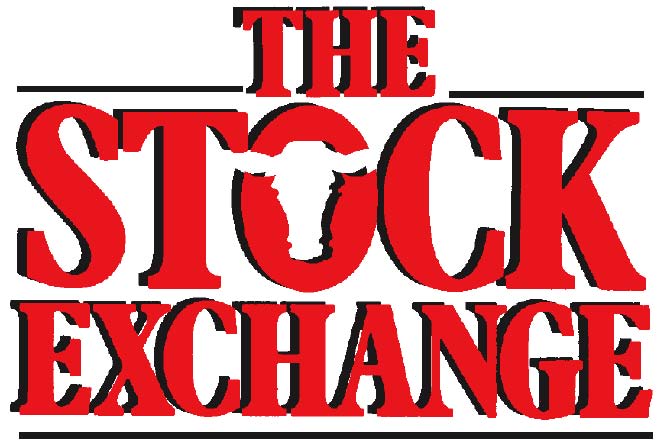Kansas State beef cattle experts offer considerations for using AI in the herd
Good body condition and calving early in the season are keys to success with an AI synchronization protocol for cows. | Download this photo. Cattle Chat: Breeding cows with artificial insemination Kansas State beef cattle experts offer considerations for using AI in the herd MANHATTAN, Kan. — Many beef producers ascribe to the belief that the main job of a cow on the ranch is to annually raise a healthy calf. To do that she…
